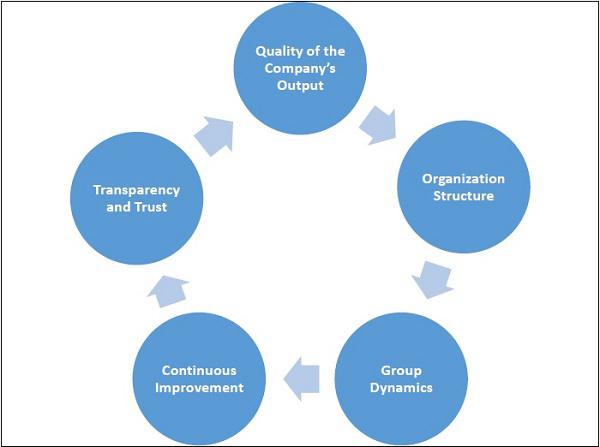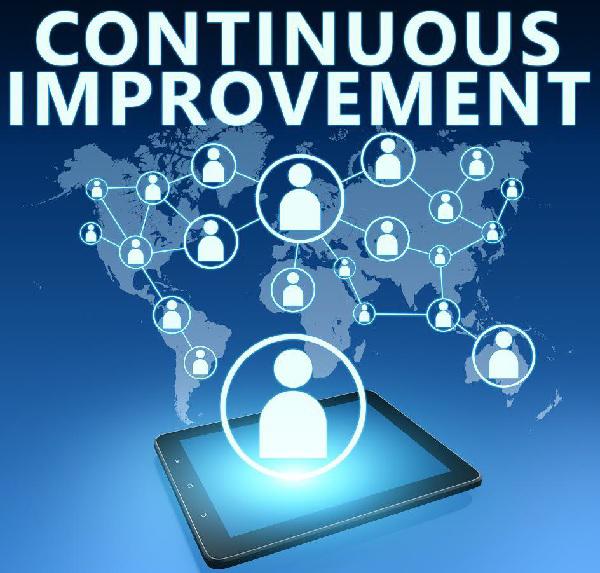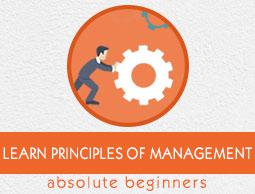Modern Schools Of Thought
This school of thought primarily focuses on the development of each factor of both workers and the organization. It analyzes the interrelationship of workers and management in all aspects.
System Approach and Contingency Approach are the two approaches by this school of thought.
Chester Barnard and Social Systems Theory
One of the most important contributions to this school has been made by Chester I. Barnard. His classic treatise entitled The Functions of the Executive
, published in 1938, is considered by some management scholars as one of the most influential books published in the entire field of management. Like Fayol, Barnard based his theories and approach to management on the basis of his first-hand experience as a top-level executive.
Fundamentals of System Approach −
All organizations are a co-operative system.
As co-operative systems, organizations are a combination of complex physical, biological, personal and social components, which are in a specific systematic relationship by reason of the co-operation of two or more persons for at least one definite end.
An employee’s role and his co-operation are a strategic factor in achieving organizational objectives.
Criticism
Following are the criticisms that this theory received.
Long on intellectual appeal and catchy terminology and short on verifiable facts and practical advice.
Complex in nature, particularly when it comes to the study of large and complex organizations.
However, we can conclude that the system approach is an instructive approach and way of thinking rather than a systematic model of solution to explain the complexities of managing modern organizations.
Contingency Approach and Recent Contributions
The Contingency Management theory evolved out of the System Approach to managing organizations. According to the Contingency approach, management is situational; hence there exists no single best approach to management, as situations that a manager faces is always changing.
However, situations are often similar to the extent that some principles of management can be effectively applied by identifying the relevant contingency variables in the situation and then evaluating them.
Peter F. Drucker, W. Edwards Deming, Laurence Peter, William Ouchi, Thomas Peters, Robert Waterman, and Nancy Austin are some of the most important contributors to management thought in recent times. This has emerged perhaps as the best approach as it encourages management to search for the correct situational factors for applying appropriate management principles effectively.
On the basis of the Tom Peters and Robert Waterman’s research focusing on 43 of America’s most successful companies in six major industries, the following 9 principles of management are embodied in excellent organizations −
Managing Ambiguity and Paradox − The ability of managers to hold two opposing ideas in mind and at the same time able to function effectively.
A Bias for Action − A culture of impatience with lethargy and inertia that otherwise leaves organizations unresponsive.
Close to the Customer − Staying close to the customer to understand and anticipate customer needs and wants.
Autonomy and Entrepreneurship − Actions that foster innovation and nurture customer and product champions.
Productivity through People − Treating rank-and-file employees as a source of quality.
Hands-On, Value-Driven − Management philosophy that guides everyday practice and shows the management’s commitment.
Stick to the Knitting − Stay with what you do well and the businesses you know best.
Simple Form, Lean Staff − The best companies have very minimal, lean headquarters staff.
Simultaneous Loose-Tight Properties − Autonomy in shop-floor activities and centralized values.
Quality School of Management
The Quality School of Management (also known as Total Quality Management, TQM) is a fairly recent and comprehensive model for leading and operating an organization. The prime focus is on continually improving performance by focusing on customers while addressing the needs of all stakeholders. In other words, this concept focuses on managing the entire organization to deliver high quality to customers.

The quality school of management considers the following in its theory −
Quality of the Company’s Output − Focus on providing goods and services that satisfy the customer requirements, which is presumed to be a key to organizational survival and growth.
Organizational Structure − Every organization is made up of complex systems of customers and suppliers and every individual will need to function as both a supplier and a customer.
Group Dynamics − Organization should foster an environment of working in groups. Management should recognize and nurture harmony and efficiency in these groups, which are the catalysts for planning and problem solving.
Continuous Improvement − Constantly review the company’s policies and processes. This will lead to specialization and ultimately better outcomes
Transparency and Trust − Connect with employees at all levels and create a culture of trust and stability.
Kaizen Approach
Kaizen means that everyone is involved in making improvements. Kaizen (pronounced ky-zen) is based on the Japanese management concept for incremental change and improvement.
The idea of continuous improvement suggests that managers, teams, and individuals learn from both their accomplishments and their mistakes. It is a long-term approach to work that systematically seeks to achieve small, incremental changes in processes in order to improve efficiency and quality.
While the majority of changes may be small, the greatest impact may be improvements or changes that are led by senior management as transformational projects, or by cross-functional teams as Kaizen events.

Kaizen Process
Following are the steps involved in Kaizen Process.
- Identifying opportunities for improvement
- Testing new approaches
- Recording the results
- Recommending changes
Reengineering Approach
Reengineering Approach sometimes called Business Process Reengineering (BPR), involves a complete rethinking and transformation of key business processes, leading to strong horizontal coordination and greater flexibility in responding to changes in the environment. The reengineering approach focuses on sensing the need to change, anticipating changes, and reacting effectively when it happens.
Reengineering Process
Following are the steps involved in reengineering process.
- Develop business vision and process objectives
- Identify business processes
- Scope and measure existing processes
- Design and build new process prototypes
- Implement and manage changes
Future of Management
Modern management approaches respect the classical, human resource, and quantitative approaches to management. However, successful managers recognize that although each theoretical school has limitations in its applications, each approach also offers valuable insights that can broaden a manager's options in solving problems and achieving organizational goals. Successful managers work to extend these approaches to meet the demands of a dynamic environment.
Just as organizations evolve and grow, employee needs also change over time; people possess a range of talents and capabilities that can be developed. In order to optimize outcomes, organizations and managers, should respond to individuals with a wide variety of managerial strategies and job opportunities.
Important aspects to be considered, as the 21st century progresses, include the following −
Organizations need to commit to not just meeting customer needs but exceeding customer expectations through quality management and continuous improvement of operations.
Reinvent new methods of process improvements and constantly learn new ways and best practices from practices in other organizations and environments.
Organizations must reinvest in their most important asset, their human capital. They need commit to effectively and positively use human resources by reducing attrition rates.
Managers must excel in their leadership responsibilities to perform numerous different roles.




